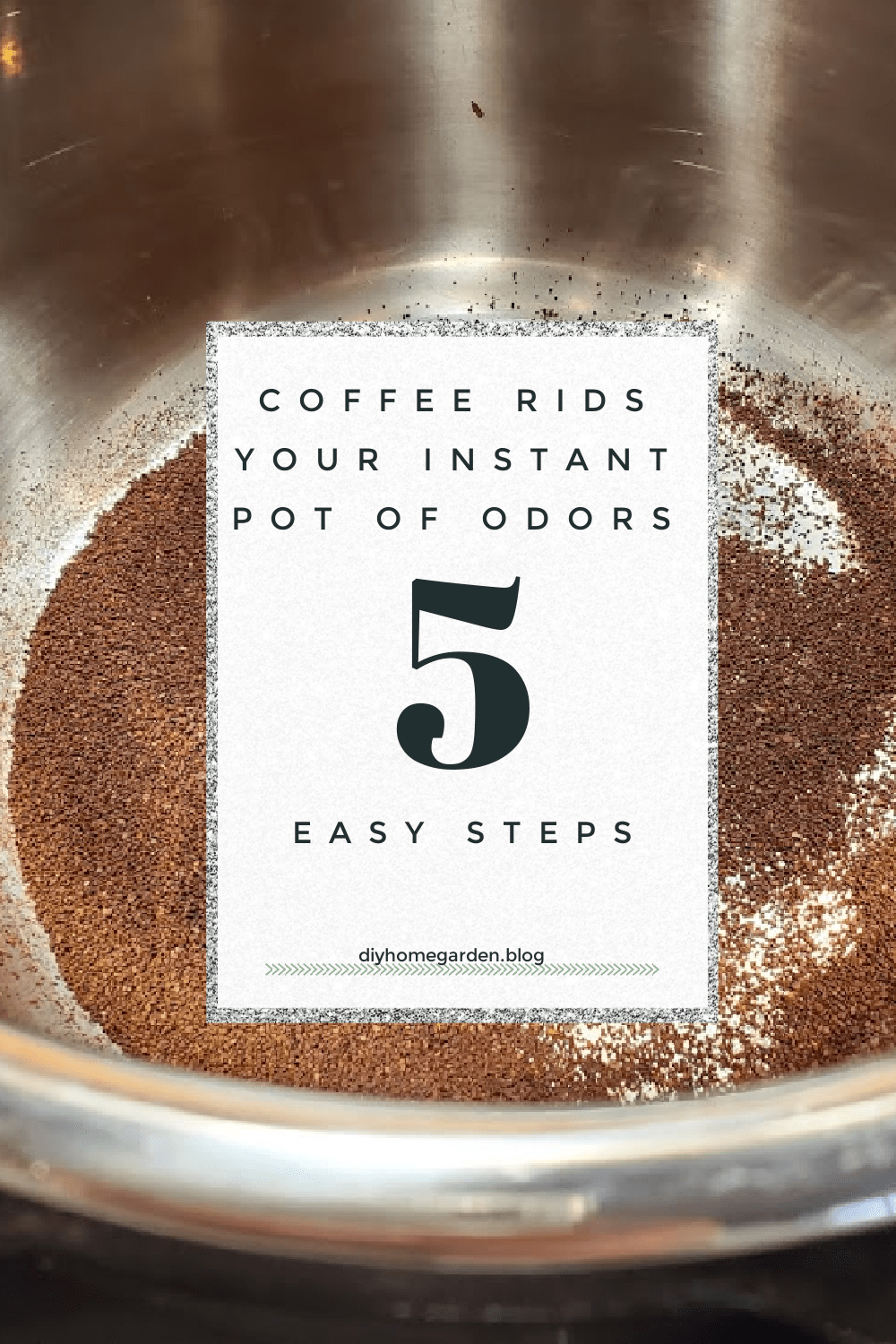There is perhaps nothing more disturbing than realizing that you are drinking out one of the filthiest items in your kitchen. I’m not talking about drinking from your trash can. Although that’s also disgusting, admittedly. But that’s just crazy talk. Nobody I know drinks from a trash bin. Along with dirty kitchen sponges, your travel mug, your trusty Tervis or Yeti tumbler, might be the filthiest thing in the kitchen.
You might be looking at the travel mug in your hand right now and think it’s clean. You might have even cycled it through your dishwasher.
Sadly, that routine daily cleaning is not good enough to keep you safe from eating harmful things.
Dirty particles of dust, dead skin cells, particles, bacteria, and even mold or mildew thrive in your daily favorite coffee mugs.
In the Yeti tumbler, the debris, molds, and bacteria collect in two different spots:
- Under the rubber gasket, inset in the lid.
- Beneath the cap that slides to open and close it tight for travel.
Meanwhile, your Tervis collects bacteria and dirt under the sliding plastic cap. Additionally, moisture from daily washing collects in those concealed areas, spurring molds, mildew, or bacteria growth.
A while ago, I saw a young lady do a video on Instagram. In the video, she looked down at her cup and realized just how dirty it was, precisely. Her shock and horror at drinking bacteria went viral across the worldwide web. That sent me to take my cup apart. Lo and behold, it was a cesspool of who knows what.
Let’s take a look at the impact of a dirty Tervis or Yeti and how to clean up your act!
 Dangers of a Dirty Tervis or Yeti Coffee Mug
Dangers of a Dirty Tervis or Yeti Coffee Mug
Not that drinking out of these cups is not an excellent idea–it is! You save money by making coffee at home and are kind to the environment by reusing your mug daily. But let’s be real. Besides being gross, drinking from a dirty travel mug poses health risks. Take a look.
Bacteria:
Bacteria are made up of small particles that you might not even be able to see with the naked eye. As you probably know, they cause illnesses such as cholera, strep throat, and urinary tract infections.
According to the Ohio State University Extention office, eating bacteria creates the optimal conditions for food poisoning. A bout of food poisoning can cause vomiting, diarrhea, cramps, and dehydration. It ranges from mild to severe–even life-threatening due to rapid drops in potassium levels that help power your heart.
Mold:
Unlike bacteria, you might be able to spot mold with your naked eye. The trouble is, you might mistake it for a speck of dirt and not what it really is. The moist environment under the cap or rubber gasket in your Yeti creates an excellent environment for mold and mildew to flourish.
Inadvertently ingesting mold presents a danger to your body. According to the Centers for Disease Control and Prevention (CDC), foodborne molds can trigger allergies or asthma. In an even more dangerous situation, someone might consume mycotoxins, poisons that come from mold.
3 Easy Steps to Remove Mold and Bacteria from Your Yeti or Tervis Tumbler
Fortunately, removing the gross dirty bits from commuter mugs is a fast, easy process. It will only take you a few minutes to do this job.
Step One: Expose the Hidden Dirty Areas
First, start by removing the sliding lid cover and the rubber gasket in the case of Yeti. Gently pull the gasket out, then off the lid (it feels tricky at first). Take care not to snap the gasket far out. You need it to reseal tightly and d not want to create tears or fissures.
Step Two: Sanitize Using a 50/50 Mix of White Vinegar and Water
Apply a mix of half white vinegar and half water for cleansing. White vinegar will do the trick to remove this debris–and it is food safe, so you don’t need to worry about consuming chemicals.
White vinegar is antibacterial and antimicrobial, making it excellent at killing bacteria and blasting away mold.
Rinse in hot water when you are done, and wash the rest of the cup as usual. Hint: Cleaning a stainless steel mug with the vinegar solution also restores its shine!
Step Three: Dry and Reassemble
Completely dry all the parts of the cup with a microfiber towel, then carefully reassemble the lid. Reinstall the gasket, carefully seating it back in the indented groove in the lid.
The Takeaway: Your Tervis and Yeti Cups Are Mold and Bacteria Traps
Now that you know the truth about how unsafe it is to drink your delicious coffee out of a dirty travel mug, what are you waiting for? Head to your kitchen and sanitize every one of your Yeti and Tervis mugs today!



